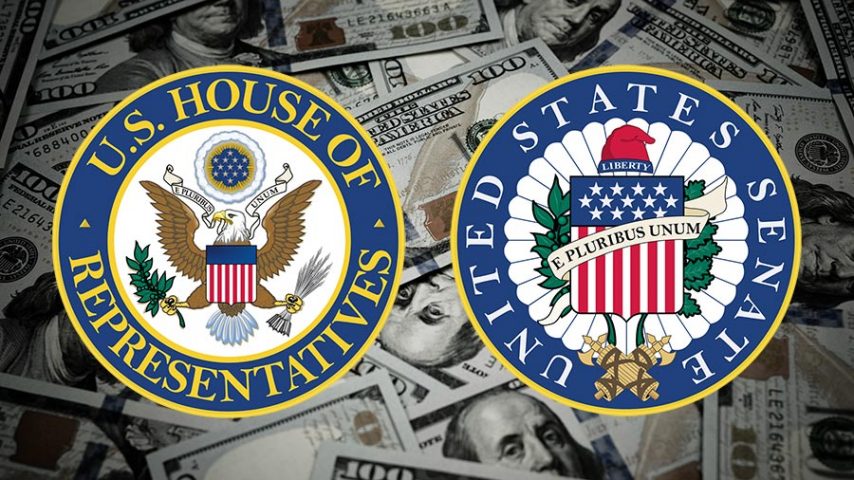Compare House And Senate Tax Plan The House bill would condense the number of tax brackets to four 12 percent for income up to 90 000 25 percent for income up to 260 000 35 percent for income up to 1 million and 39 6
Among the key differences The Senate plan would have seven tax brackets the House four The Senate would eliminate all deductions for state and local taxes including property Here are some of the key differences Individual tax Income tax brackets The House version compresses seven income tax brackets into four keeping the top marginal rate at 39 6 per cent
Compare House And Senate Tax Plan

Compare House And Senate Tax Plan
https://s3-prod.crainscleveland.com/s3fs-public/Taxbillupdate1110_i.jpg

Create A Venn Diagram Comparing How The House And Senate Conduct
https://us-static.z-dn.net/files/d6c/0e063f5fb8010c35014ed968d13c5ce4.png

ARRA News Service Hatch Releases Modifications To Senate Tax Plan
https://4.bp.blogspot.com/-yPk3kES3O6w/WgvCoTSbs6I/AAAAAAABGkE/1reDbLJQcGAudts455UqM-jlYDtAANMzwCLcBGAs/s1600/orrin-hatch-tax-reform.jpg
Senate and House plans both roughly double the standard deduction House goes to 24 400 and the Senate has a 24 000 standard deduction Both plans increase the child tax credit and raise the income caps Comparing the House and Senate Tax Reform Proposals Both plans have similar themes but the details have many differences Both the House and Senate have passed tax reform plans titled Tax Cuts and Jobs Act But how do they compare to each other and to the laws in place today December 4 2017
WASHINGTON The U S Senate unveiled its latest version of the tax plan late Tuesday that includes a number of significant changes including a repeal of the Affordable Care Act s requirement On Thursday November 9 Chairman Orrin Hatch R UT of the Senate Finance Committee released draft tax reform legislation On the same day the House
More picture related to Compare House And Senate Tax Plan

Matt Gaetz Laughed At In The House By Colleagues Video Shows Newsweek
https://d.newsweek.com/en/full/2289546/house-republican-matt-gaetz.jpg
Compromise Pipeline Bills Pass SD House And Senate Await Noem s Signature
https://www.argusleader.com/gcdn/authoring/authoring-images/2024/07/03/PSIF/74294974007-dsc-7182.JPG?crop=1673

Adam Schiff Airs Concerns Of Biden Hurting Democrats In House Senate
https://d.newsweek.com/en/full/2423451/adam-schiff.jpg
An expanded child tax credit In 2021 in the midst of the coronavirus pandemic President Biden and Democrats in Congress temporarily beefed up the child tax credit allowing most families to Senate Republicans gripes with the 78 billion bipartisan tax package bubbled over Tuesday with the lawmakers debating ways to change bill The House Ways and Means Committee advanced the legislation that pairs business tax breaks with an expansion of the child tax credit in an overwhelming bipartisan 40 3 vote on Friday While senators
Ways and Means Chair Jason Smith is expected to present the bipartisan tax deal at a leadership meeting Monday night and a full conference gathering Tuesday morning according to a Republican The GOP backed Tax Cuts and Jobs Act TCJA was signed into law in December 2017 It included a number of temporary federal tax cuts and breaks for individuals and families for 2018 through 2025 President Trump has indicated support for preserving tax reforms under the TCJA and possibly providing additional breaks for individuals and families

In 1 Chart The Differences Between The House And Senate Tax Reform
https://brownpelicanla.com/wp-content/uploads/2017/11/House-and-Senate-Seals-Money-Tax-Reform-900-854x480.jpg

Dem Superdelegates Celebrate Harris Picking Walz For Running Mate
https://kpnw.com/wp-content/uploads/sites/24/2023/04/KPNW-transparent.png

https://thehill.com/policy/finance/359725-key-differences-between-the-senate-and-house-tax-plans/
The House bill would condense the number of tax brackets to four 12 percent for income up to 90 000 25 percent for income up to 260 000 35 percent for income up to 1 million and 39 6

https://news.yahoo.com/compare-senate-house-gop-tax-222035069.html
Among the key differences The Senate plan would have seven tax brackets the House four The Senate would eliminate all deductions for state and local taxes including property

Phil Cox GP3 Partners

In 1 Chart The Differences Between The House And Senate Tax Reform

Advocacy Jefferson Elementary School

Crossover Day 2024 Key Legislation From The Georgia House And Senate

Legislation And Legislative Advocacy AHRMM

Minnesota Reproductive Freedom Caucus Touts 2024 Legislative Agenda

Minnesota Reproductive Freedom Caucus Touts 2024 Legislative Agenda

National Democrats Boost 7 Candidates In Iowa House And Senate Races

Newest Senate Tax Plan Remains Costly And Increases Tax Load For Low

Phillip Swagel Reappointed As Director Of Congressional Budget Office
Compare House And Senate Tax Plan - Senate and House plans both roughly double the standard deduction House goes to 24 400 and the Senate has a 24 000 standard deduction Both plans increase the child tax credit and raise the income caps